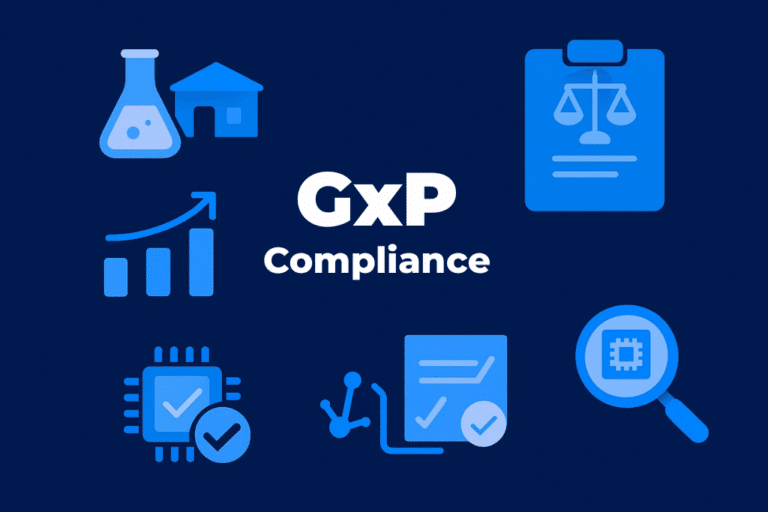It’s almost impossible for organizations today to function without third-party collaboration. Whether it’s vendors, suppliers, or service providers — the risks are real, and the nightmare scenarios aren’t just hypothetical. Data breaches, vendors leaking sensitive information, customer data stolen… these are the kinds of challenges legal departments face as third-party ecosystems become increasingly complex. Third-party data risk is definitely a main strategic priority.
Legal teams and General Counsel are now accountable not only for their organization’s data but also for the governance of third-party relationships. Yet many still rely on fragmented tools or manual processes that leave them exposed to avoidable risk.
In a regulatory landscape shaped by strict data protection laws (like GDPR and Law 25) and a growing emphasis on corporate governance, managing third-party data risk has become a strategic priority.
So where exactly are the gaps today — and what can legal departments do to close them? Let’s uncover that.
Gaps in Third-Party Relationships
With so many teams implicated in third-party data risk, it’s easy for things to fall through the cracks. Between Legal, IT, Procurement, and Compliance, there’s an increasing need for structured processes that leave no room for error. This often siloed approach creates a serious governance blind spot — especially when legal departments lack visibility into the contractual and regulatory obligations tied to each partner.
Some common gaps include:
- Untracked data processing agreements (DPAs) or outdated clauses
- No clear audit trail for supplier consent and access
- Lack of centralized risk classification or due diligence reporting
- Inadequate data at rest and in motion protection
The result? A fragile compliance posture that makes the entire organization vulnerable.
This is no longer sustainable. Regulatory bodies now expect legal departments to demonstrate active oversight — not just of internal policies, but of their third-party governance framework as well.
The role of Legal and Governance in Closing the Loop
So what does strong third-party data governance look like in practice — and how can Legal lead?
Well, it starts with reframing Legal’s role from reactive contract managers to proactive risk owners. Legal teams are uniquely positioned to connect data protection, compliance, and governance across departments.
Here’s how:
- Centralizing visibility: Use a dedicated Contract Lifecycle Management (CLM) platform to consolidate supplier agreements and standardize DPAs.
- Mapping responsibilities: Clarify data controller vs. processor roles and ensure that obligations are explicitly spelled out and monitored.
- Automating compliance triggers: Link contract milestones with compliance events (e.g., GDPR audits, renewal clauses requiring security updates).
- Integrating legal entity oversight: Combine contract data with Legal Entity Management (ELM) to assess how each vendor impacts your risk exposure.
By following these tips, legal teams can improve efficiency and better position themselves as active partners in building a defensible governance framework.
AI and Automation to Strengthen Third-Party Data Risk
LegalTech has now evolved around AI-powered tools, which are a precious asset — if used with the right intentions. For multinational organizations and mid-sized businesses, AI and automation are key allies to ensure robust third-party data risk management. Managing contracts and hundreds of documents is neither scalable nor possible.
What can AI exactly do to help legal and governance teams in the mission? Here are some examples:
- AI can flag high-risk clauses across multiple contracts in seconds.
- Automated alerts can notify Legal when a third party’s certification expires or when a cross-border data transfer clause may conflict with new regulations.
- Risk scoring can help Legal prioritize which suppliers to review first based on regulatory sensitivity.
Ultimately, these AI-powered capabilities strengthen Legal’s ability to own risk proactively—laying the groundwork for stronger governance.
As we saw in this article, addressing third-party data risk doesn’t stop at just avoiding pricy fines. It goes beyond, it’s about strengthening trust across your ecosystem and ensuring all the parties involved are doing the necessary to keep it that way.
Legal departments are in a great position to own parts of this challenge, they play a key role as advisors, building a culture of governance that spans the enterprise.
The modern legal department must evolve from “contract watchdog” to governance architect. By embracing integrated tools, clear accountability, and AI-assisted oversight, Legal can take on the challenge successfuly.
Explore the DiliTrust Governance suite.
Ready to explore how DiliTrust supports legal teams in managing third-party risks?
Discover our Governance suite — your foundation for secure, compliant, and centralized legal oversight.


